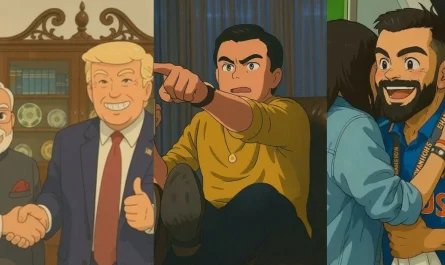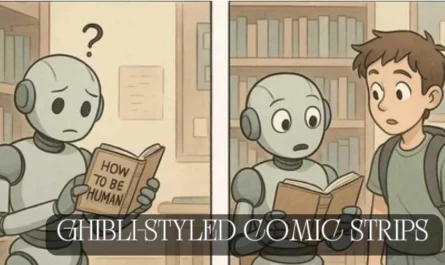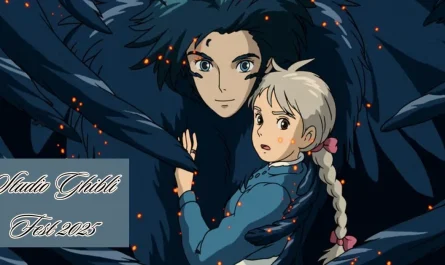When people think of Japanese animation, one name often rises above the rest — Studio Ghibli. While Ghibli is technically a part of the broader anime industry, its unique style, storytelling, and artistic philosophy set it apart. So, what really distinguishes Ghibli art from mainstream anime? Let’s dive into the key differences that make Ghibli such a visual and emotional masterpiece.
1. Artistic Style: Soft vs. Stylized
Ghibli Art
Studio Ghibli is known for its hand-drawn, watercolor-like animation, with soft outlines and gentle colors. Backgrounds often resemble oil paintings, filled with details that feel alive — swaying grass, glowing sunsets, steaming food. The focus is on natural beauty, harmony, and simplicity.
Anime Art
Mainstream anime tends to lean toward bold lines, exaggerated expressions, and sharper color contrasts. While many anime series are visually stunning, they often prioritize fast production and stylized action over quiet, scenic detail.
2. Movement and Realism
Ghibli
In Ghibli films, even the smallest moments matter — wind in the trees, dust floating in sunlight, clothes swaying gently. This concept of “ma” (間) or “pause” reflects the beauty of stillness and time. Movements are natural, realistic, and deeply immersive.
Typical Anime
Most anime focuses on dynamic action, fast cuts, and heightened drama. Movement often feels exaggerated for entertainment value, especially in genres like shounen (e.g., Naruto, One Piece).

3. Themes and Storytelling
Ghibli’s Approach
Ghibli stories often center around everyday life, environmentalism, female empowerment, pacifism, and the emotional growth of characters. There’s rarely a clear “villain.” Instead, stories explore complex emotions, subtle relationships, and moral grey areas.
Anime’s Range
Anime spans a huge range of genres — action, romance, horror, sci-fi, comedy. Themes can be deep or purely entertaining. Many shows focus on good vs. evil battles, supernatural powers, or school life drama, often with faster pacing and more episodic storytelling.
Ghibli’s Animation Revolution: How They Created a Timeless Art Form?
4. Character Design
Ghibli Characters
Ghibli characters are designed with natural features, simple yet expressive faces, and minimal exaggeration. They’re relatable, grounded, and often resemble real people.
Anime Characters
In typical anime, characters often have brightly colored hair, large expressive eyes, unique outfits, and exaggerated emotions. This creates a distinct, often fantastical identity that appeals to genre fans.
5. Music and Sound
Ghibli
The legendary Joe Hisaishi has composed most of Ghibli’s music — delicate, emotional, and deeply cinematic scores that feel timeless. Ghibli often uses natural sounds to enhance its immersive worlds.
Anime
Anime music varies from high-energy openings to emotional ballads, depending on the genre. While some anime soundtracks are iconic, many use repetitive or digital scores due to tight budgets.
6. Global Impact
Studio Ghibli has earned international awards, including an Academy Award (Spirited Away), and is often compared to Disney for its storytelling magic.
Mainstream anime has built a massive global fandom, with series like Attack on Titan, Demon Slayer, and My Hero Academia dominating pop culture.
Final Thoughts: Ghibli vs. Anime — A Matter of Heart
While Ghibli is technically anime, it’s more accurate to say it’s a category of its own — an elevated form of storytelling that blends art, emotion, and atmosphere in a way few others do. Think of Ghibli as a poetic slice of animation, while anime as a whole is a vibrant library of genres.
Whether you love the soft beauty of Ghibli or the high-energy punch of anime, both are powerful forms of art. It all depends on what kind of journey you’re in the mood for.



